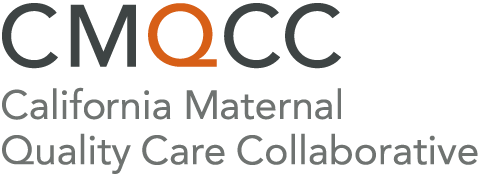There has long been a demand for a composite measure to identify the most important outcome for families having a birth ‐‐ taking home a healthy baby. While there are several measures looking at specific clinical practices and outcomes in preterm infants, there are no other endorsed measures for outcomes in term babies (who represent 90% of all births). Criteria for Neonatal Intensive Care Unit (NICU) admission of term babies vary greatly from unit to unit and region to region so it has not been useful for quality comparisons. NICU admission is also not coded on hospital discharge diagnosis files so it is not easily available.
This measure simply asks: of babies without preexisting conditions (no preemies, multiple gestations, birth defects or other fetal conditions) and who are normally grown and were not exposed to maternal drug use, how many had severe or moderate neonatal complications?
A combination of diagnosis and procedure codes and neonatal Length of Stay (LOS) is used to categorize complications. This use of their combination provides protection for both overcoding and undercoding.
This measure serves as an important balance to other NQF-endorsed measures that examine obstetric care such as cesarean section and episiotomy rates. Most families would value having a low chance of unexpected newborn complications and low‐medium rates of obstetric procedures.
The Unexpected Complications in Term Newborns measure was originally developed and endorsed by the National Quality Forum in 2011 under the name “Healthy Term Newborn.” It has been re-endorsed as one of NQF’s Perinatal and Reproductive Health measures in 2016.
UNC Frequently Asked Questions and Algorithms
Download the FAQ and Algorithm Flow Charts for reference:
The Joint Commission PC-06 Algorithm
The Joint Commission Code Tables
Questions Regarding UNC?
For questions regarding Unexpected Complications in Term Newborns, please contact info@cmqcc.org.
